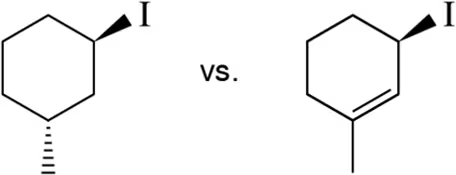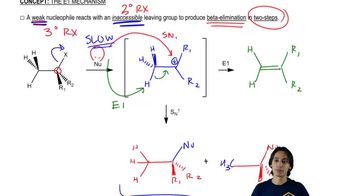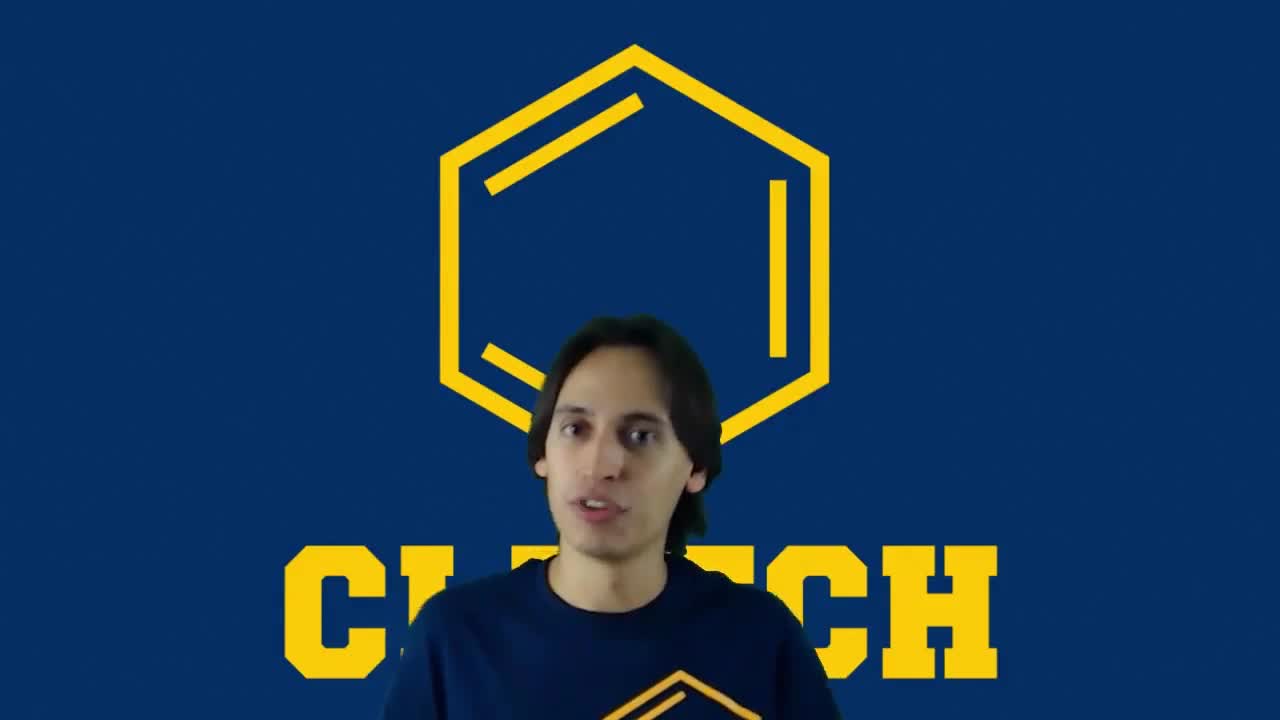Textbook Question
For which of the following reactions would you expect elimination to be more favored than substitution?
(b)

 Verified step by step guidance
Verified step by step guidance Verified video answer for a similar problem:
Verified video answer for a similar problem:



 7:22m
7:22mMaster The 3 important leaving groups to know. with a bite sized video explanation from Johnny
Start learning